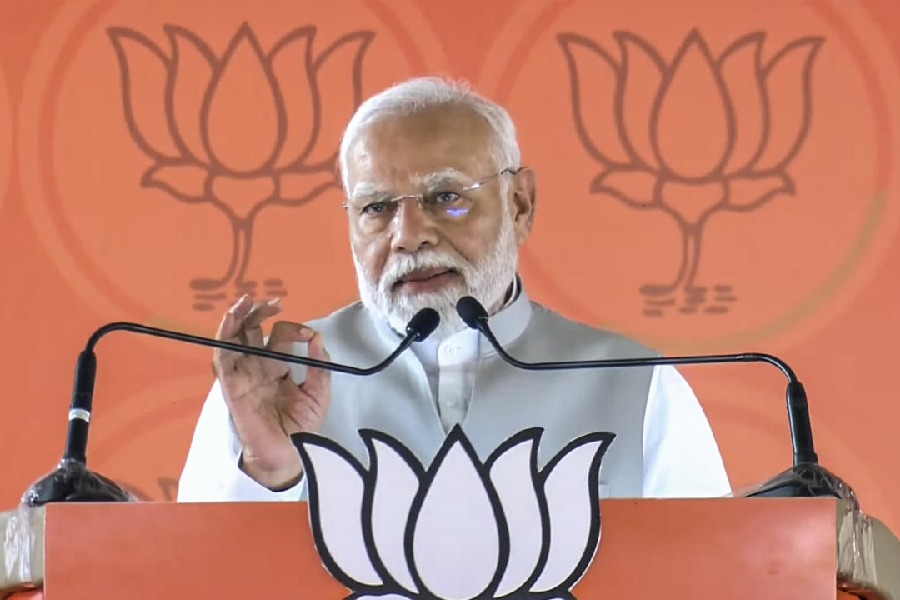Daytime land surface temperatures have increased across Calcutta, most pronouncedly over about half the city’s geographical area, according to new research described as the first attempt to measure temperature changes within India’s four largest metros.
The study by researchers from Vidyasagar University, Midnapore, has found that Calcutta’s annual average land surface temperatures have increased across more than 90 per cent of its geographical area, displaying a significant rise over about 49 per cent of the area.
The peer-reviewed study, published in the Journal of Cleaner Production, has documented the highest rates of temperature rise within (Greater) Calcutta near the Dhulagarh Industrial Park, Biparna Para, Domjur, Bankra, Dankuni Bil and Newtown.
“We find that factors such as urban built-up area, air pollution levels over the city, and the night-time lig hting levels influence the temperature changes,” said Dipankar Bera, a research scholar in geography at Vidyasagar University.
While multiple earlier studies had tracked temperature changes in Indian cities, the Vidyasagar researchers say theirs is the first attempt to quantify which parts of the four cities are experiencing the most pronounced and statistically significant temperature changes.
“We’re trying to understand how the urban microenvironment impacts temperature changes,” said Nilanjana Das Chatterjee, professor of geography at the university. “We’re hoping that such studies will help policymakers and urban planners design mitigation or other response strategies.”
In all four cities — Calcutta, Chennai, Delhi and Mumbai — the average annual and seasonal night-time temperatures have increased by 0.27°C per decade to 0.75°C per decade over 33 per cent to 100 per cent of their areas between 2003 and 2020.
These rates are significantly higher than the nationwide annual average warming trend of 0.15°C per decade, between 1986 and 2015, documented in a 2020 report by the Union earth sciences ministry that assessed climate change patterns over India.
The average annual daytime temperatures, however, show a slight decrease in both Delhi and Mumbai, which the scientists have attributed to rising air pollution where aerosols, or soot particles, block sunlight.
In Calcutta, the average annual daytime temperature has increased by about 0.46°C per decade while the night-time temperature has increased by 0.37°C per decade. Across 49 per cent of Calcutta’s geographical area, where the trend of increasing temperatures is statistically significant, the change ranges from 0.29°C per decade to 0.88°C per decade.
The researchers used the Google Earth Engine platform and satellite-based datasets to analyse the daytime and night-time temperatures in the four cities.
India’s average temperature has increased by around 0.7°C between 1901 and 2018. This rise is largely on account of warming induced by heat-trapping greenhouse gases although, scientists say, aerosol levels in the atmosphere have tempered this rise.
But the observed warming is unevenly distributed. The earth sciences ministry report that reviewed multiple earlier studies noted that the largest increase in the annual average temperature — of more than 0.2°C per decade — had occurred across parts of north India between 1986 and 2015.











